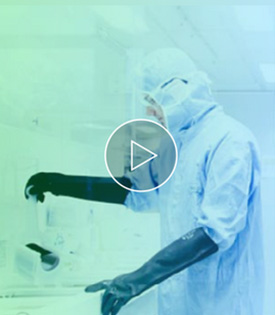The Rapid PCR Barcoding Kit 24 V14 provides a fast and simple method of preparing up to 24 barcoded samples for sequencing 1-5 ng of gDNA using PCR.
- Low input amounts ― 1 to 5 ng DNA
- Fast library prep ― 15 minutes of hands-on preparation time
- Multiplex up to 24 samples
Barcoding or multiplexing is useful when the amount of data required per sample is less than the total amount of data that can be generated from a single flow cell: it allows a user to pool multiple samples and sequence them together making more efficient use of the flow cell.
The Rapid PCR Barcoding Kit 24 V14 offers the fastest and simplest method of preparation of barcoded libraries for low quantities of gDNA (1-5 ng), with only ~15 minutes of hands-on preparation time.
This kit has been upgraded to use our Kit 14 chemistry, which includes improved median raw read sequencing accuracies (Q20+) with high output on our latest R10.4.1 Flow Cells. The flow cell priming and sequencing reagents are also included as part of the sequencing kit and have been reformulated to be compatible with the Kit 14 chemistry upgrade and R10.4.1 nanopore. Other updates include higher capture rate of gDNA to enable lower flow cell loading amounts, and fuel fix technology, allowing users to run longer experiments without the need for fuel addition during the run.
At the heart of the kit is a transposase which simultaneously cleaves template molecules in each sample and attaches tags, which contain primer binding sites, to the cleaved ends. The kit contains 24 primers which are then used to amplify each sample: each primer contains a barcode and 5’ tag which facilitates the ligase-free attachment of Rapid Sequencing Adapters. Amplified and barcoded samples are then pooled, and Rapid Sequencing Adapters are added to the pooled mix.
Deconvolution of barcoded sequencing data is supported by the MinKNOW software and EPI2ME analysis platform, each of which classify the barcode sequence and sort reads into corresponding folders.
Sample multiplexing is ≤24.
Lieferumfang: Kits are shipped at 2 to 8 °C in an environmentally friendly temperature-controlled shipping box. Upon receipt, please place the product in a long-term storage location at ‒20 °C.
Oxford Nanopore Technologies deem the useful life of the product to be 3 months from receipt by the customer.
Bitte beachten Oxford Nanopore Technologies products are not intended for use for health assessment or to diagnose, treat, mitigate, cure, or prevent any disease or condition.






